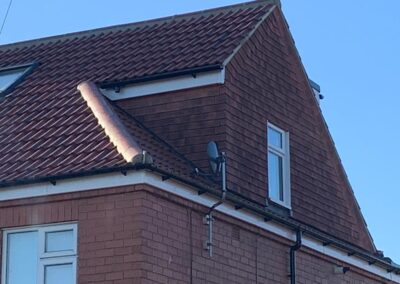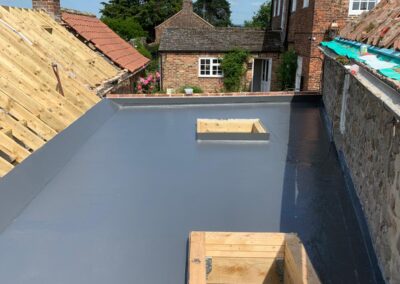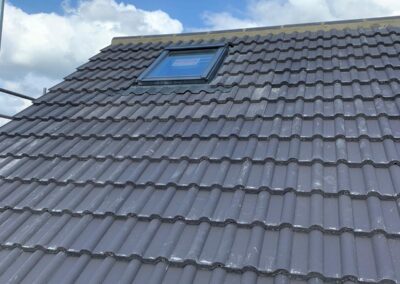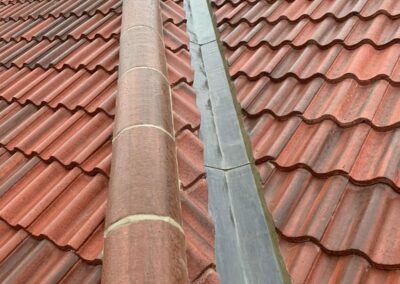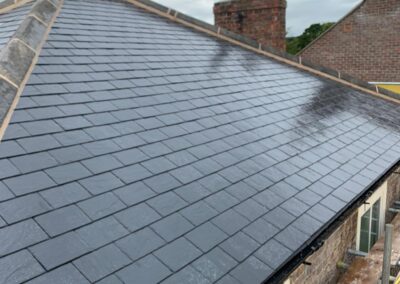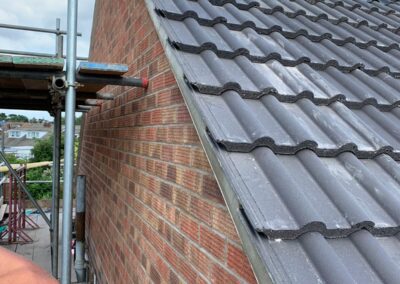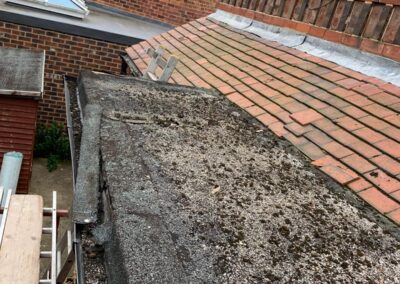Roofers Retford
Roofers Retford
Residents of Retford can choose from a variety of roofing services provided by Sontech Roofing Doncaster. We can install flat roofs, tiled roofs, metal roofs, and pitched roofs. We also offer gutter installation and maintenance services. We can help with any roofing needs you may have!
Flat roofs
Pitched roofs
Roof installation
Roof repair
Tiled roofs
Roof replacement
Flat Roofs
Although flat roofs are more frequently found on commercial structures than on residential ones, this does not preclude the construction of a flat roof on your home. There are several things to consider when choosing a flat roof, including the materials, weather, maintenance, advantages, and disadvantages.
Advantages of flat roofing
Simple repair
If there is a problem, the flat roof can be constructed and repaired with equal ease. Repairs and coatings for flat roofs are less expensive than those for other types of roofing systems. To get your flat roof repaired, you don’t need to break the bank or put a lot of stress on yourself.
Simple to construct
Because flat roofs are easy to construct, you don’t have to worry about your contractors running into issues during the project.
Easy maintenance
Since flat roofs are generally easier to access than other types of structures, they require less maintenance. You should routinely clean algae, mould, and stains from your roof to prevent debris from accumulating. The best way to clean a flat concrete roof without damaging it is by pressure washing.
Long-lasting
If durability is a concern for you, a flat roof is the best option. Because flat roofs are water-resistant, you need not worry about water damage. You have a roofing structure that can withstand strong winds if your roof is flat concrete. By deciding to have a flat roof installed on your home, you lessen the risk of a fallout.
Disadvantages of flat roofs
Inadequate drainage
Because a flat roof lacks drainage, it has many disadvantages. For this reason, it’s important to regularly inspect your roof. If you don’t check your drains frequently, snow and water can easily clog them. You should routinely use a waterproof seal and clean the drains as needed to prevent leaks. Remember that since there are no slopes, neither water nor snow can flow downward.
Debris and dirt could build up
More than just snow and water can cause problems on a flat roof. When the drain is clogged with leaves, twigs, mud, and other debris, snow and water do not drain efficiently. You can avoid a clogged drain by routinely inspecting and cleaning the dirt and debris off your roof.
Roofing supplies are limited
Some of the rolled roofing materials that are frequently used on flat roofs include TPO, EPDM, rubber, and bitumen. Despite being inexpensive, the materials only last 10 to 15 years. There are alternatives, such as using rubber shingles and rolled roofing, but they are more expensive, and it is not known how long they will last.
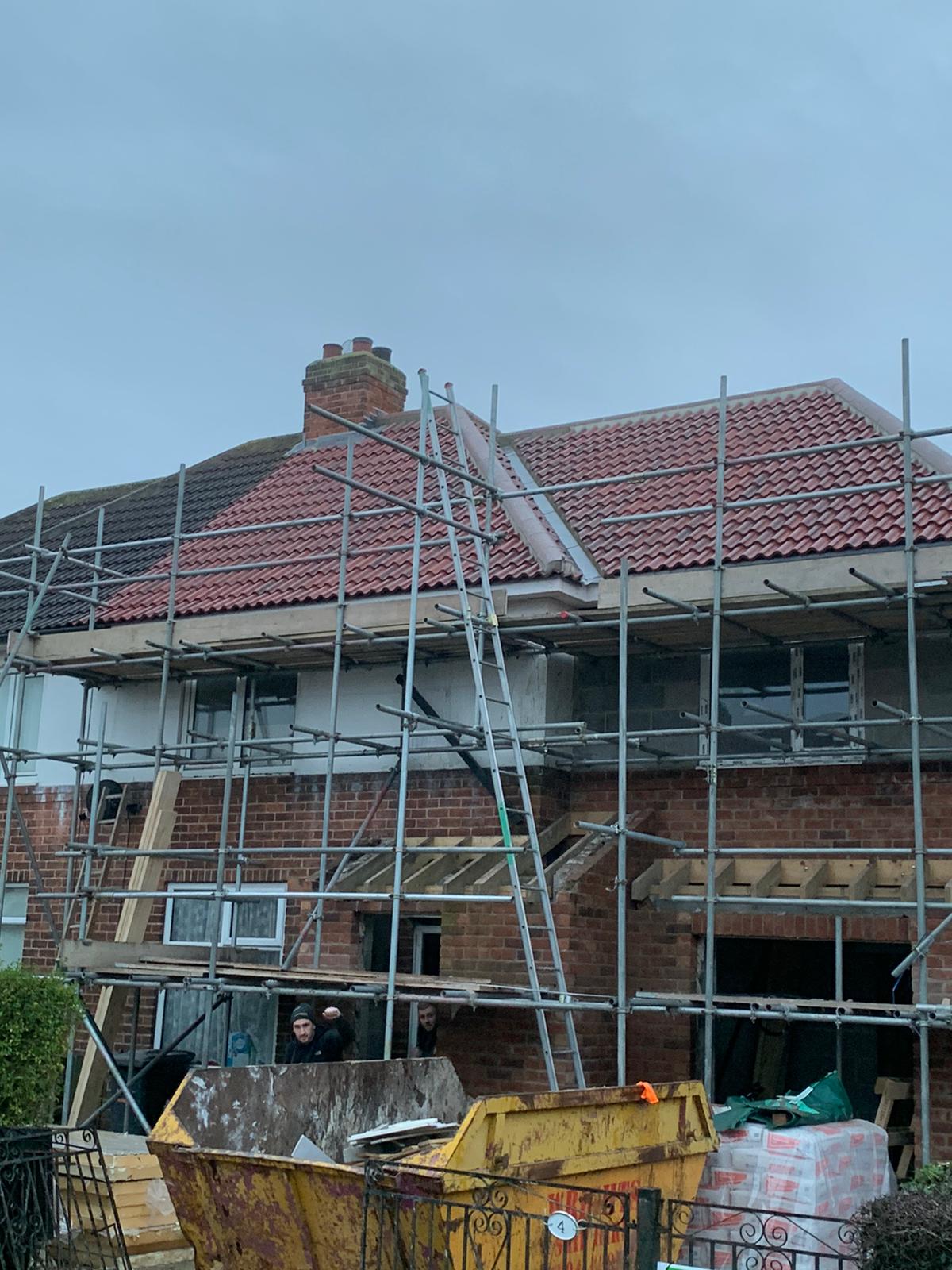
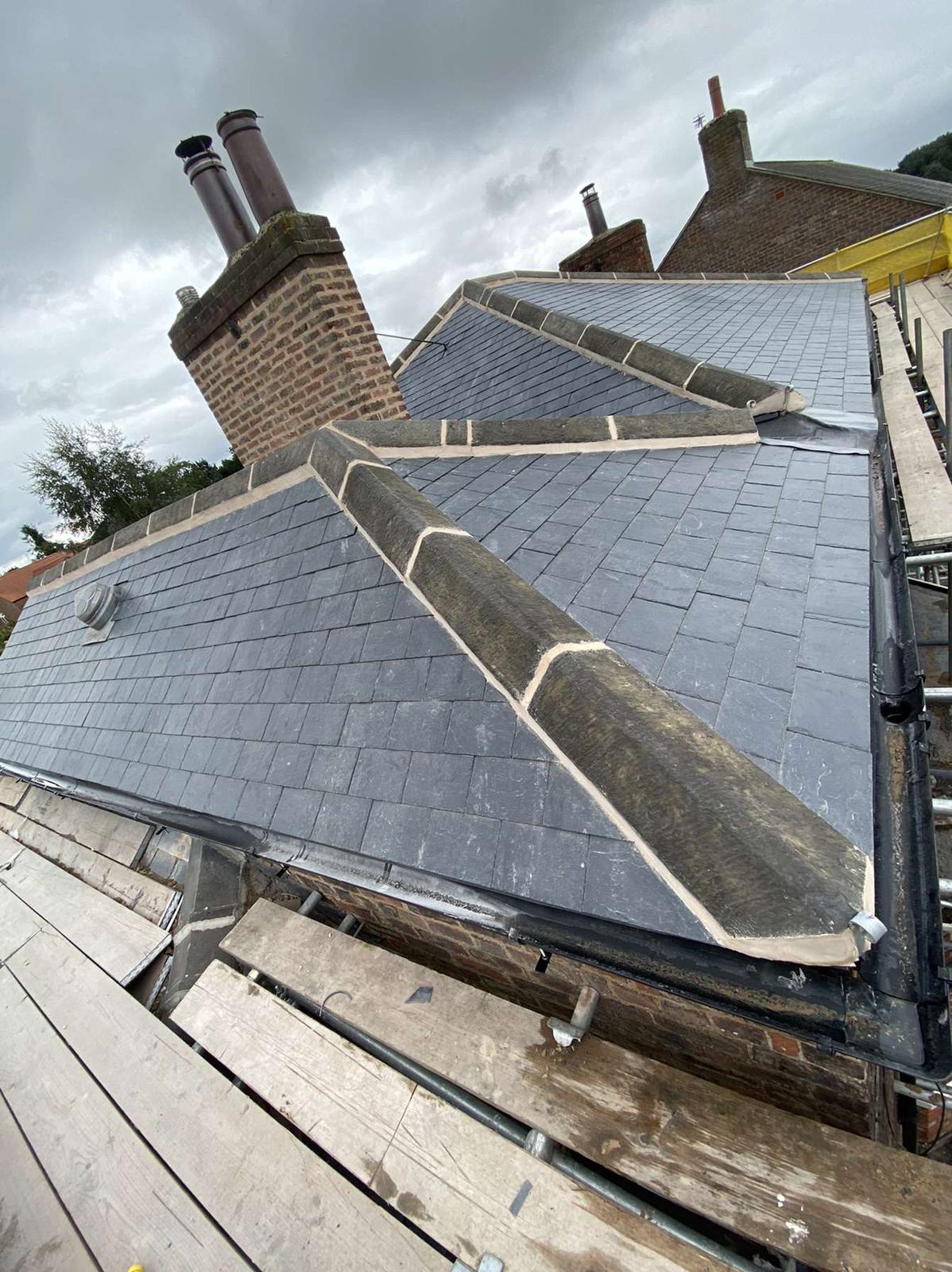
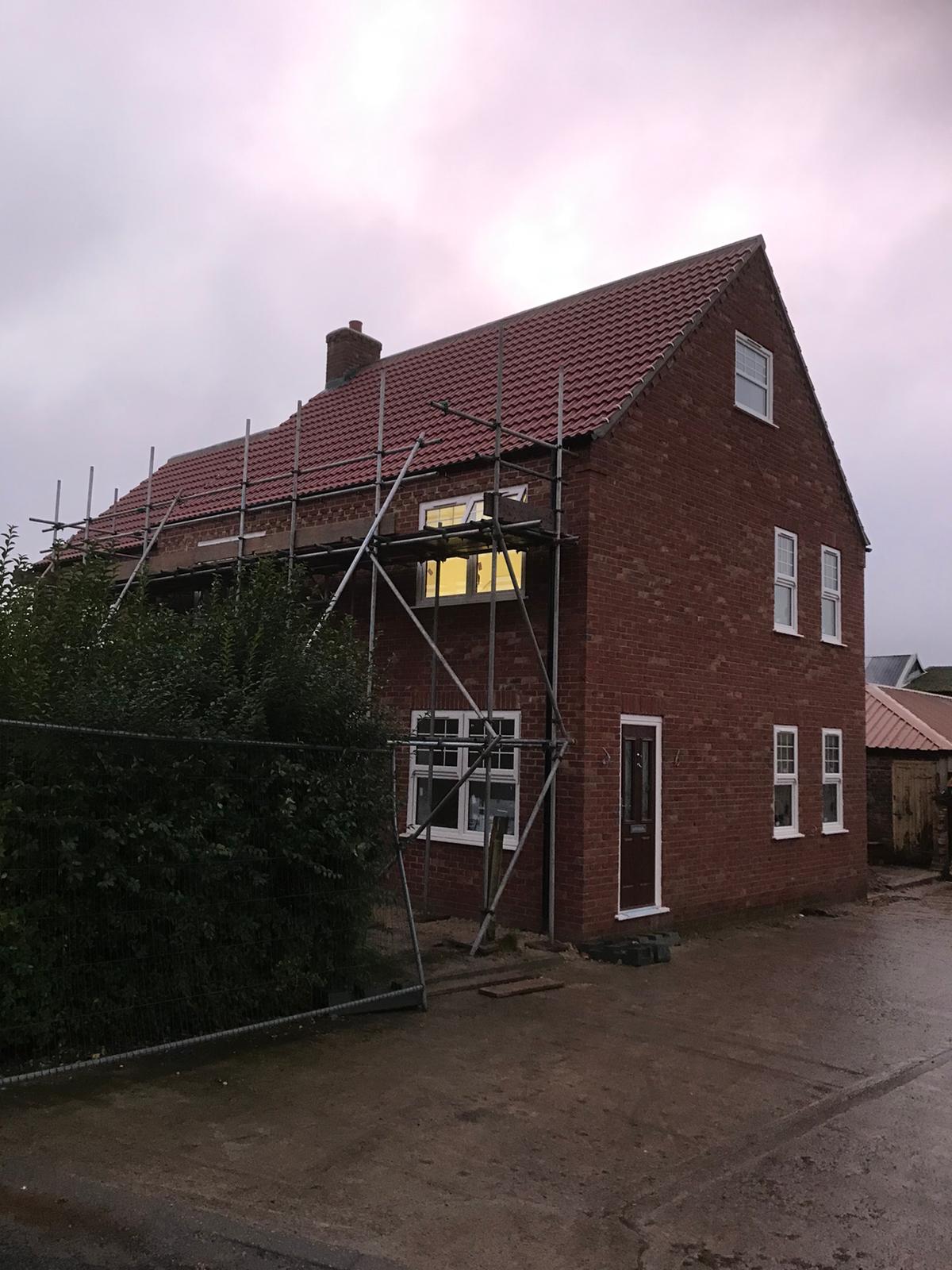
Pitched Roofs
Pitched roofs are common, and they add a lovely finishing touch to a home. Whether you are building a new house, making an addition, or remodelling your current one, picking a roof should be based on research.
Pros:
Durability
Because of how steep and pointed it is, a pitched roof needs to be built with the best materials.
Naturally, your roof will become more resistant to the constantly shifting weather conditions it must withstand when you use high-quality and durable materials.
Long lifespan
The main benefit of a pitched roof is that it lasts longer. These roofs are known to be much more durable than other roof types, like flat roofs. The roof must be properly installed to ensure their long lifespan.
Making sure the roof is installed properly will help it last much longer and cost you less money overall, even though the materials chosen will also have a small influence.
Loft Space
One of the benefits of pitched roofs that is most frequently mentioned is loft space. With this extra living space, you might be able to add a bedroom, an office, or some much-needed storage.
An attic enables you to add space without having to relocate as your family grows. When you need more living space, this benefit expands your home, which may even increase its value.
Resistant to weather
A pitched roof has many benefits, one of which is that it keeps your home from getting wet and damp. How? It’s actually quite simple. The sloped design of these roofs completely eliminates the possibility of water accumulating on your roof and eventually seeping into the interior of your home.
Cons:
Expense
Despite how appealing it might appear, a pitched roof can also be a very expensive option. This is a result of the intricate design of the roof and the materials used to make it strong and durable.
You will need additional building supplies, which adds to the cost, to support the roof.
Some houses are just not right
The main disadvantage of a pitched roof is its weight, which requires the installation of strong beams and a sturdy foundation to support it. However, some homes simply lack the necessary foundation to support this style of roof.
Roof Installation
A roof’s slope (or pitch), size, angles or projections within the roof surface, and the kind of roofing materials used are some of the factors that affect the roof installation process. For instance, metal roofers will need different methods and equipment than those who install clay tiles or asphalt shingles.
Asphalt shingles
Most people agree that one of the most affordable and simple to install roofing materials is asphalt shingles. Due to their widespread use, asphalt shingle roofs can typically be repaired or installed by professional roofers. But it’s important to keep in mind that a roof’s lifespan depends on both the type of the shingles and the type of the construction. Select a trustworthy, knowledgeable roofing professional whenever a new roof needs to be installed.
Metal Roofs
Residential applications for metal roofs are growing in popularity. Although installing a metal roof typically costs more than installing an asphalt shingle roof, metal roofs are known for their strength and endurance. As a result, they might end up being a more economical choice in the long run. It is best to hire a roofer who has experience working with metal because metal roof installation is different from shingle roofing.
Tiled roofs
Tile roofs are common throughout the country, but they are especially common in some regions because of their resilience to strong winds. Although more expensive than asphalt shingles, metal roofs have the lowest life-cycle costs due to their predicted long lives. There are tile roofs made of clay or concrete. Both offer a wide range of colour and profile choices. Installation of tile roofs requires specialised knowledge and abilities.
Flat roofs
Commercial roofing frequently employs flat roofs, but residential roofing is also increasingly using them. In comparison to pitched roofs, flat roofs are less expensive and simpler to maintain. Additionally, general installation is easier and quicker.
Roof Maintenance
Roof issues can be frightening! Whether you recently purchased a new home or have been a homeowner for twenty years, roofing issues will always be a problem. The most prevalent roofing issues are missing shingles, roof leaks, and water damage to interior spaces. Many homeowners view roofing maintenance as a crucial task as a result of these problems. What then should you do in this circumstance? Whom should you speak with? To get help with your roofing maintenance, get in touch with Sontech Roofing Doncaster. Additionally, some roofing maintenance methods might result in long-term benefits.
Assess Your Roof
The main layer of defence for your building is the roof. Even if you have lived in your house for a long time, it is important to regularly check the roof. Make a trip to your roof once a month. Before you start walking around with a bucket looking for leaks, hire experts to inspect the roof and determine how long it will last.
Watch for the First Sign of Damage
Your roof is constantly under attack from the environment, which can take the form of storms, high temperatures, natural disasters, etc. Holes in the granules or discoloured shingles are signs of damage. If the shingles are blistering, it’s time for a replacement. The consequences of ignoring the early warning signs can be serious damage and expensive repairs.
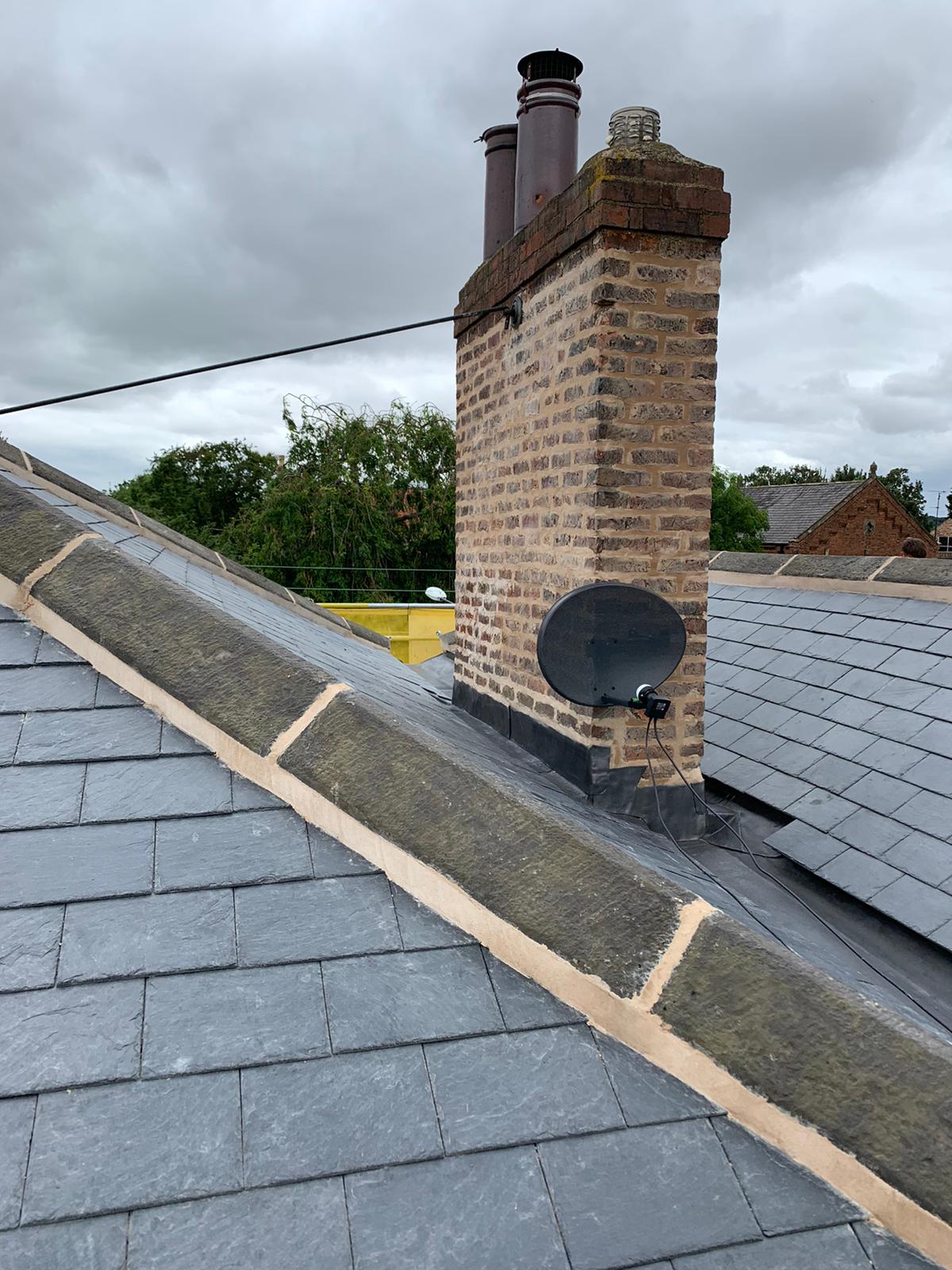
Get Rid of the Clutter
Your gutter system might become blocked by twigs and fallen leaves. It would prevent proper rainwater or snowmelt drainage. Through routine cleaning, roof damage can be prevented. Avoid standing on your roof while cleaning to gather all the debris in a garbage bag or bucket. To flush out dirt, rinse your roof with a hose after collecting substantial pieces. Trimming the trees is another method for reducing natural debris.
Chimney Repairs
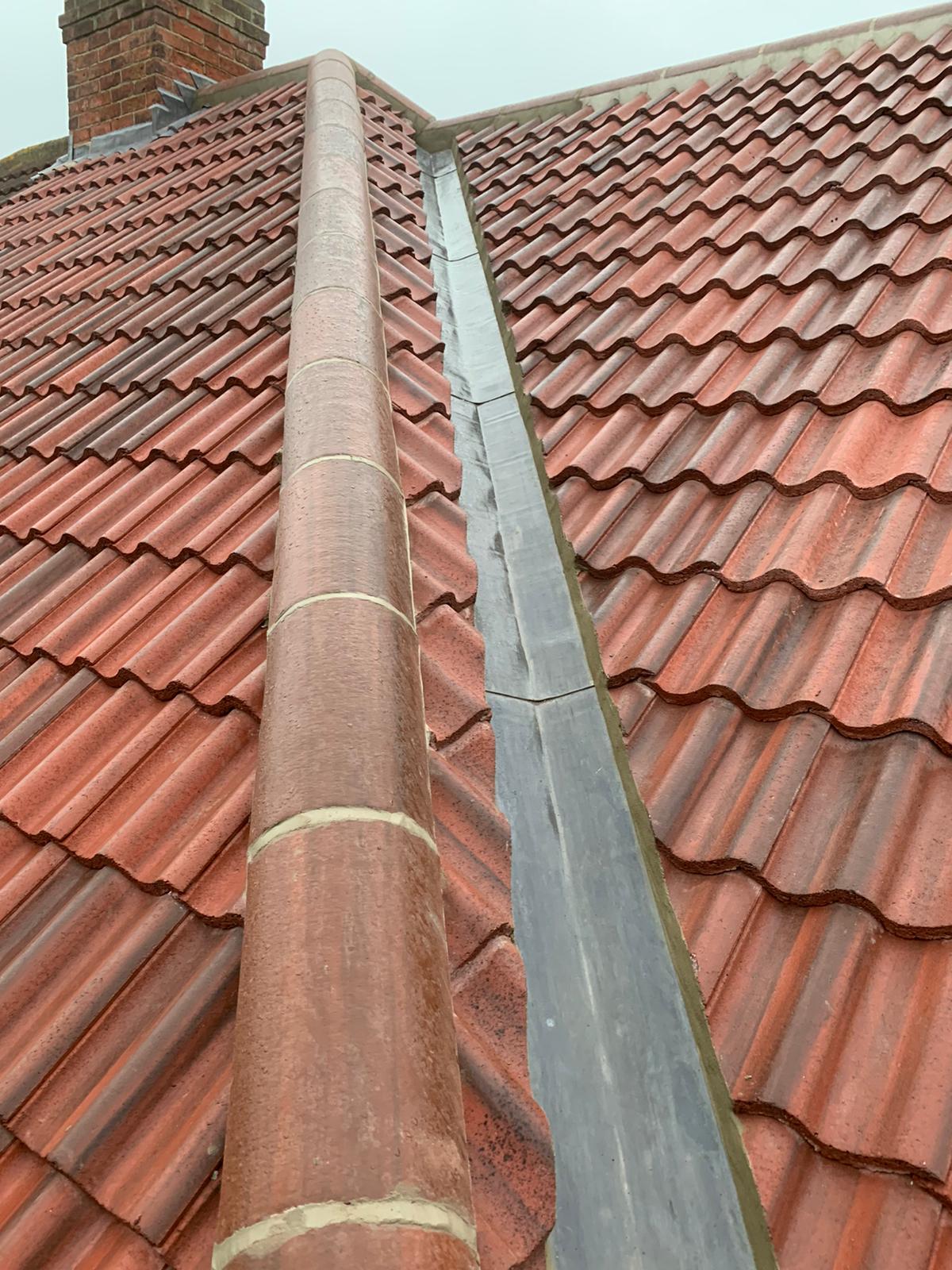
Domestic chimneys are what define the traditional British skyline in our towns and villages. Prior to their appearance on country piles and eventually in common houses, chimneys were only found in castles. During the 17th and 18th centuries, there were significant changes in architecture, especially in urban areas, which made it possible for fireplaces to be installed in more rooms of a house and to get smaller. Along with fireplace advancements, chimneys also made progress.
Today, chimneys aren’t necessarily a standard part of British homes, but that hasn’t stopped people from loving them; they’ve become something of a status symbol and a must-have for many homeowners. Despite the fact that a fireplace and chimney are beautiful additions to any house, keeping your chimney in the best condition requires a whole new set of duties.
It’s crucial to understand how to resolve some common chimney repair issues that homeowners encounter. When it comes to chimney maintenance, many people are unsure of where to begin. However, by being aware of a few of these common problems, you can prevent them from happening and spend more time relaxing by the fire.
Simple fireplace maintenance
In fact, if the chimney isn’t properly maintained, it could become a house danger.
If fundamental cleaning and maintenance are neglected, it may cause significant water damage or even a fire. Spending some time checking your fireplace and taking action when something doesn’t seem quite right will help you use it safely going forward.
Building up creosote
When burning wood, more than just smoke comes out of the chimney. Its interior has a substance called creosote deposited in it. Creosote is a tar-like substance that is dark and produces smoke as it transforms into a fine carbon powder. The term “soot in the chimney” is used to refer to the mixture of soot and creosote. Creosote is highly flammable and comes in a variety of shapes. Each year, thousands of house fires are caused by chimneys that aren’t properly maintained or cleaned. This might also make it difficult for the chimney system to ventilate properly, opening the door to the possibility of dangerous fumes entering the home.
Faults in the brickwork
The masonry of a typical chimney can last for about a century, depending on whether the mortar is in good condition. If the mortar (a thick paste that holds the brickwork together) deteriorates, it may become exposed to moisture, which may affect the internal structure of the brickwork. Making sure your chimney’s other components and mortar are regularly inspected is the best way to avoid this because you might find that the mortar needs to be replaced.
Problem with the flue
When building a fireplace, a chimney lining is included. Although stainless steel is more durable than clay tile, which is the most affordable lining material (which generally never needs to be replaced). There is a good chance that if chimneys weren’t made of steel, they would eventually become damaged given the amount of use they undergo, which many homeowners are probably aware of. Because it can be very dangerous, the fireplace itself shouldn’t be used until the damaged flue’s lining has been replaced. In the event that there is cracking, the heat from the fire may seep into the combustible areas of the house and possibly spark a fire. Additionally, carbon monoxide may enter the home as a result of this.
Cracks in the chimney crown
Chimney crowns are frequently disregarded because they are concealed and situated at the top of the chimney, where they seal the chimney from the outer edge of the flue liner. Moltar, which is frequently used to make chimney crowns, is prone to chipping, which again causes moisture to seep through the cracks. In some cases, a complete rebuild would be necessary, but if you catch this early, you might be able to repair the damage. The crown should generally be waterproofed as a good preventative measure against this happening.
EPDM Rubber Roof System
One of the best options for flat roofing (and other low-pitch roofs) on commercial structures is rubber EPDM roofing. Ethylene propylene diene monomer roofing system protects a flat roof from leaks and other damages by using a single-ply membrane. It has provided reliable commercial roofs for more than 60 years, making it a tried-and-true option. If your roof needs to be replaced and you want a material that requires less maintenance, think about EPDM.
EPDM is fastened to the roof deck using a unique roofing adhesive. After being mechanically fastened, rubber roofs are then secured by screwing along any frayed edges of the material with nails. In loose-laid systems, only the outer perimeter is fastened, and gravel is used to add weight to the loose-laid sections. A cold applied tape and primer system is used to affix EPDM roofs so that they are watertight.
The best roofing systems to use EPDM rubber on are those that are flat or at the very least have a low slope. This is due to the fact that it is heat-bonded at the seams to create a continuous barrier, making it significantly more watertight than shingles or rolled roofing options. Rubber roofing also helps to protect houses from the wind and other bad weather.
Pros:
- Due to its adaptability, any type of roof, regardless of its shape or style, can use it.
- Has a very long lifespan
- EPDM roofs, like other rubber roofs, are very lightweight.
- If a roof is torn or punctured, it is easy to repair.
- EPDM installation is very easy.
- EPDM roofs require minimal upkeep.
- It keeps a roof waterproof
Cons:
- Poor drainage systems can result in roof leaks.
- It must be admitted that these roofs are not the most visually appealing ones.
- Weather changes can cause rubber to crack or shrink.
- Although installing EPDM yourself is possible, manufacturers advise consulting a professional, which raises the cost.
Felt Roof – Flat Roof Installation Service

This roofing material is frequently used on garden sheds, garages, and in addition to flat roofs.
It is constructed of two or three layers of felt sheeting that work together to form a strong, impenetrable barrier. It is also frequently coated with waterproof materials like tar to prevent moisture intrusion. If the roof is to be completely waterproof, it must have so many layers.
Installing procedures
There are two methods for installing felt roofs:
Hot works
It is possible to use the “pour and roll” technique, in which hot bitumen is poured as the felt is unrolled along the roof. Gaps are filled in this way, and as the bitumen cools, it acts as an adhesive to cinch and seal the layers together.
Torching on the felt roofing is an alternative that involves heating the felt with a gas torch to prevent the need for bonding. In general, this technique can be used to fix small and medium-sized roofs as well as flat roofs.
Cold works
Once the roof has been evenly coated with cold adhesive, the felt can be unrolled and placed. It is obvious that this method is easier and safer than the hot work technique.
Before being removed from the release paper, self-adhesive membranes can also be applied to the roof in the appropriate location. However, this shouldn’t be used in cold climates or on uneven surfaces.
Pros:
- It can be used for any job, no matter how big or small.
- There are numerous ways to use it.
- It has strong wind and water resistance and excellent durability.
- It can be applied to any surface type, including curved, pitched, and flat surfaces.
- It has been a well-liked option for roofing for a very long time.
Cons:
- It can only be installed by trained experts.
- It requires routine maintenance and inspection.
- Due to its weight, it is expensive to transport roofing materials.
- It typically performs poorly when exposed to UV light or high temperatures.
- It has a short lifespan and is challenging to recycle.
Fibreglass roof – GRP Roofing Installation
Since its invention in the 1940s, GRP Roofing, also known as fibreglass roofing, has become the preferred choice in the UK for flat roofs and various types of structures due to its strength, adaptability, and durability.
GPR systems offer the unique benefits of imperviousness, seamlessness, and flexible moulding and offer a roofing option that is both functional and aesthetically pleasing for a variety of surfaces and building types. This makes it possible to develop highly efficient solutions in even the most challenging environments.
The hand-selected team of knowledgeable roofers at Sontech Roofing Doncaster is trained and certified in a range of GRP roofing solutions. Because we offer our installation service on a custom basis, we will work with you to select the ideal system and layout for the unique requirements of your project. Contact us to find out more about the fibreglass roofs we install.
The advantages of fibreglass roofing
- Fibreglass roofs have a high UV resistance, so they can withstand prolonged sun exposure without losing structural integrity.
- It is possible to design roofs that are compatible with all current roof and property structures because GRP can be moulded into even the most complex shapes.

It can also be used in locations like balconies because of its adaptability and toughness.
- GRP roofing, when installed correctly, creates an impervious membrane that endures for a very long time and doesn’t require cleaning unless it is severely damaged.
Contact Us
Residents of Retford can choose from a variety of services, which Sontech Roofing Doncaster is extremely proud to provide. For our experts, no project is too big or small because they approach each one methodically. In return, our customers get incredibly well-done roofing work. Homes in Retford and beyond can rely on us for dependable service with new roof installation, roof replacement, roof repair, and chimney repair.
Are there any problems with your current roof? For a future construction project, perhaps you need the help of an expert roofing crew. Due to our years of practical experience, we can provide all the roofing services you need.

